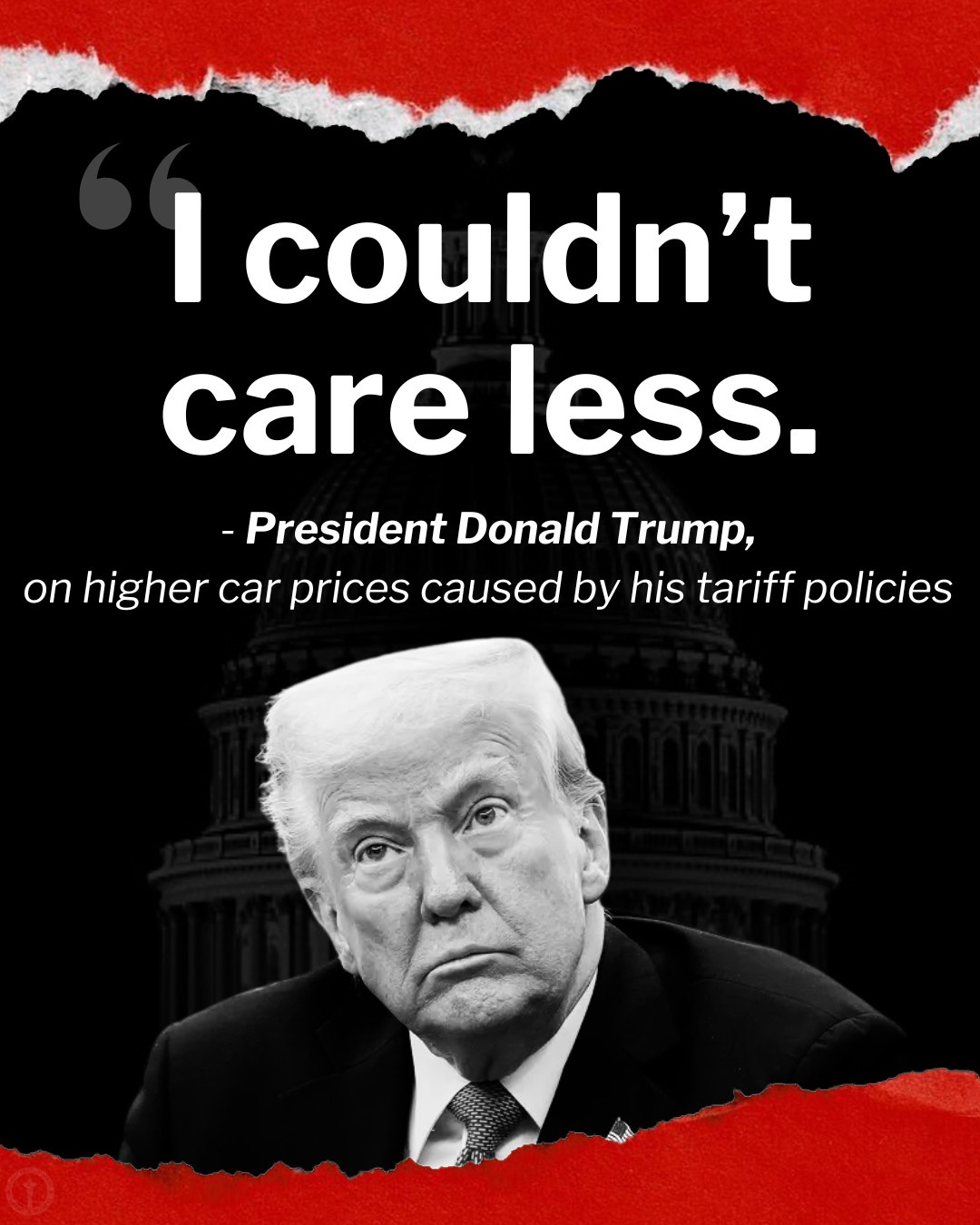Starting tomorrow, Americans will face higher prices on a wide range of goods as former President Donald Trump’s new tariffs take effect. These across-the-board import taxes will apply to products from Canada, Mexico, and China, impacting industries that rely on foreign raw materials and components. While Trump claims the tariffs will protect American jobs and industries, history suggests otherwise. The last time he imposed tariffs, the result was an $800 million transfer of wealth from U.S. consumers to Canadian aluminum producers.
The aluminum industry serves as a prime example of how tariffs function in practice. The United States does not produce enough aluminum to meet domestic demand, importing significant amounts from Canada. When Trump imposed tariffs on Canadian aluminum during his first term, the increased costs were simply passed on to American consumers. Rather than revitalizing U.S. aluminum production, the tariffs only made everyday products—like beer cans, cars, and construction materials—more expensive.
This time, the impact is expected to be even greater. Trump’s new tariffs include a 25% tax on all imports from Canada and Mexico and a 20% tariff on Chinese imports. These sweeping measures will raise prices on aluminum, steel, electronics, automobiles, and household goods. Since purchase contracts for raw materials almost always include clauses stating that buyers must cover any tariffs, businesses will pass these costs directly to consumers.
Industries that depend on aluminum, such as beverage companies and automobile manufacturers, will face immediate cost increases. Beer and soda prices are expected to rise as aluminum cans become more expensive. The auto industry, which relies heavily on aluminum and steel imports, will also see higher costs, leading to more expensive vehicles. Consumers will ultimately bear the brunt of these price hikes, just as they did under Trump’s previous tariffs.
Beyond aluminum, the broader economy will also feel the impact. Supply chains that rely on Canadian, Mexican, and Chinese imports will become more expensive to operate, forcing companies to either absorb the costs or raise prices. In many cases, small businesses with tighter margins may struggle to compete, potentially leading to layoffs and business closures. Trump’s tariff policies, far from protecting American workers, could ultimately lead to job losses in industries that rely on global trade.
Additionally, there will be retaliation from affected countries. During Trump’s previous administration, Canada responded to U.S. tariffs with their own, targeting American exports like dairy, pork, and whiskey. Mexico and China have said they will follow suit, further straining economic relations and harming American exporters. The escalation of a trade war could have long-term negative consequences for U.S. industries that rely on international markets.
Trump’s argument for tariffs has always been that they will incentivize domestic production and reduce reliance on foreign goods. However, history has shown that tariffs do not necessarily bring manufacturing back to the U.S. Instead, businesses often find alternative suppliers outside of the affected countries, shifting production to places where tariffs do not apply. This strategy does little to strengthen domestic industries but does drive up costs for American companies and consumers.
Economists warn that these tariffs could contribute to inflation at a time when American households are already dealing with high living costs. When businesses raise prices to cover higher import costs, consumer spending power declines. This can slow down economic growth and create a ripple effect that weakens the overall economy. The last round of tariffs under Trump had similar effects, with businesses and consumers absorbing billions in extra costs.
The $800 million windfall for Canadian aluminum companies under Trump’s previous tariffs is a clear example of how these policies can backfire. Rather than punishing foreign competitors, tariffs often end up enriching them at the expense of American consumers. The same scenario is likely to unfold again, with U.S. buyers paying higher prices while foreign suppliers simply adjust to the new trade environment.
As Trump’s new tariffs take effect, Americans should brace for rising costs across multiple industries. While the administration claims these measures are designed to protect American jobs, the reality is that they will act as a direct tax on consumers. If history is any guide, the biggest winners will not be U.S. manufacturers but foreign companies able to capitalize on higher prices—just as Canadian aluminum producers did the last time Trump imposed tariffs.





